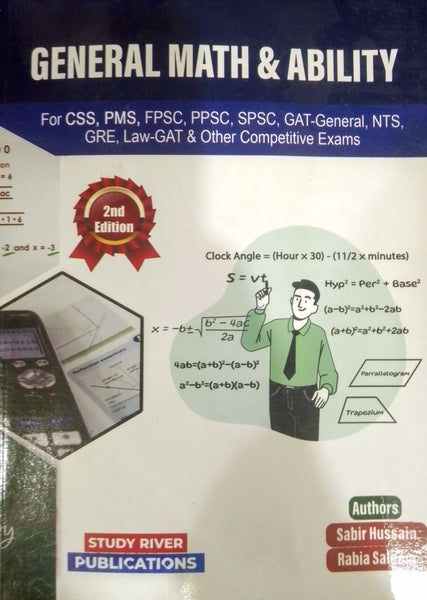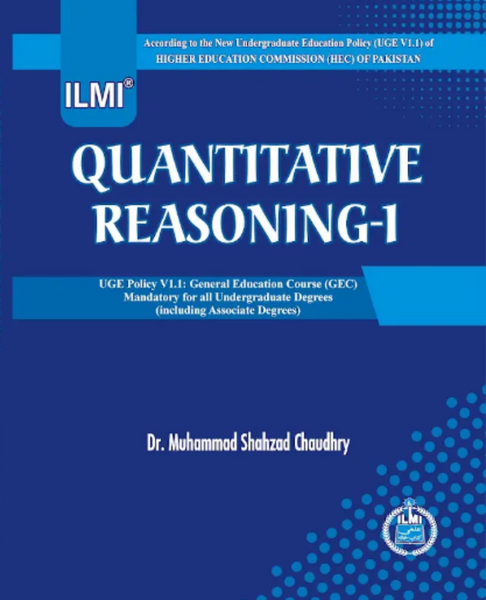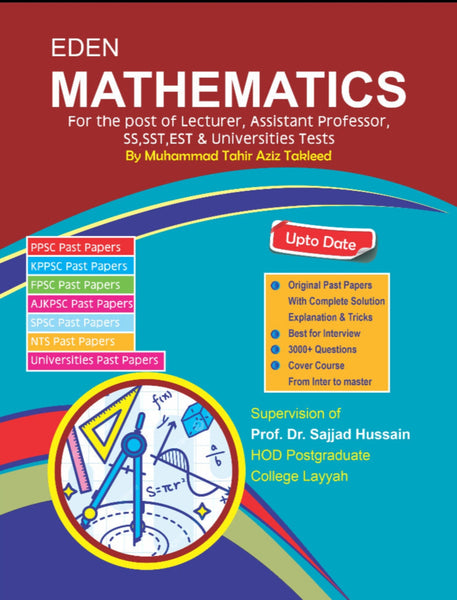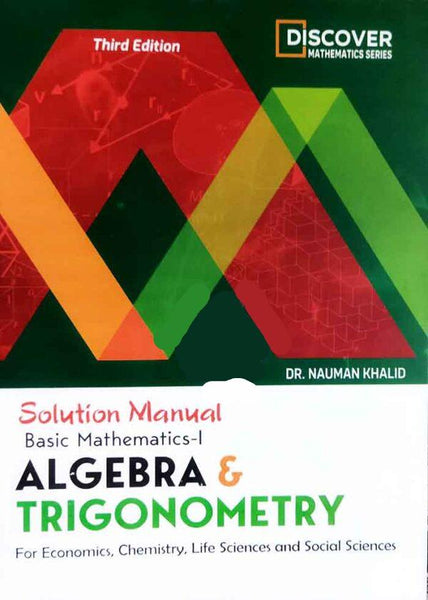Differential Geometry By Nirmala Prakash
- Publisher: MATHEMATICS
- Availability: In Stock
- SKU: 34862
- Number of Pages: 414
Rs.300.00
Rs.400.00
Tags: Algebraic Geometry , Algebraic Topology , Applied Mathematics , best books , Best Selling Books , BestBuy’s , By Nirmala Prakash , Cartesian Tensors , Complex Analysis , Computational Geometry , Computer Graphics , Connections , Coordinate Systems , Curvature , Curves , Differential Equations , Differential Geometry , Differential Geometry By Nirmala Prakash , Differential Topology , Differentiation , Engineering Applications , Gauge Theory , Geodesics , Geometric Properties , Geometric Structures , good books , Integration , Lie Algebras , Lie Groups , Linear Algebra , Machine Learning , Manifolds , Mathematical Logic , Mathematical Modeling , Mathematical Physics , Metrics , Modern Developments , Non-Euclidean Geometry , Numerical Analysis , Physics Applications , Proofs , Riemannian Geometry , Shape Analysis , Smooth Surfaces , Space , Symplectic Geometry , Tensor Calculus , Theorems , Topological Properties , Topology , Torsion
Differential geometry is a branch of mathematics that applies calculus and linear algebra to study geometric properties. It focuses on smooth surfaces and their intrinsic and extrinsic properties, providing a framework for understanding curves, surfaces, and higher-dimensional spaces.
Key Points:
-
Basic Concepts Differential geometry begins with fundamental concepts such as curves, surfaces, and manifolds. It explores how these objects can be described using mathematical equations and transformations.
-
Curvature and Torsion A central theme in differential geometry is the measurement of curvature and torsion of curves and surfaces. These geometric properties provide insights into the shape and behavior of objects in space.
-
Geometric Structures It investigates various geometric structures, including metrics, connections, and geodesics, which define distances, paths, and relationships between points on surfaces.
-
Applications in Physics Differential geometry plays a crucial role in theoretical physics, particularly in general relativity and gauge theory, where it provides the mathematical foundation for describing spacetime and fields.
-
Cartesian Tensors The use of Cartesian tensors helps in formulating equations that describe physical laws in a coordinate-independent manner, essential for applications in physics and engineering.
-
Differentiation Differential geometry involves the study of differentiation and integration on manifolds, extending calculus concepts to spaces with non-Euclidean geometries.
-
Topological Properties It explores the topological properties of surfaces and higher-dimensional manifolds, classifying them based on their connectivity and orientability.
-
Modern Developments Recent advancements include applications in computer graphics, robotics, and machine learning, where differential geometry provides tools for modeling and analyzing complex shapes and movements.
-
Theorems and Proofs The field is rich with theorems and proofs that establish rigorous relationships between geometric quantities, laying the groundwork for further exploration and applications.
-
Future Directions Ongoing research aims to extend differential geometry's reach into new areas of mathematics and science, promising deeper insights into the nature of space, shape, and motion.
In conclusion, differential geometry is a profound branch of mathematics that blends calculus, geometry, and algebra to study the shape and properties of objects in space. Its applications span from theoretical physics to practical engineering, making it a cornerstone of modern mathematical sciences.
════ ⋆★⋆ ════
Writer ✤ Nirmala Prakash

























